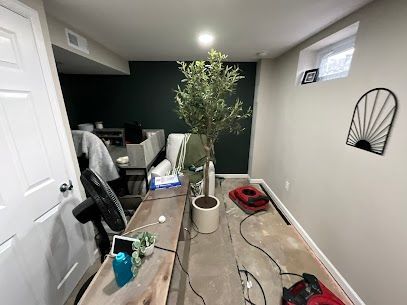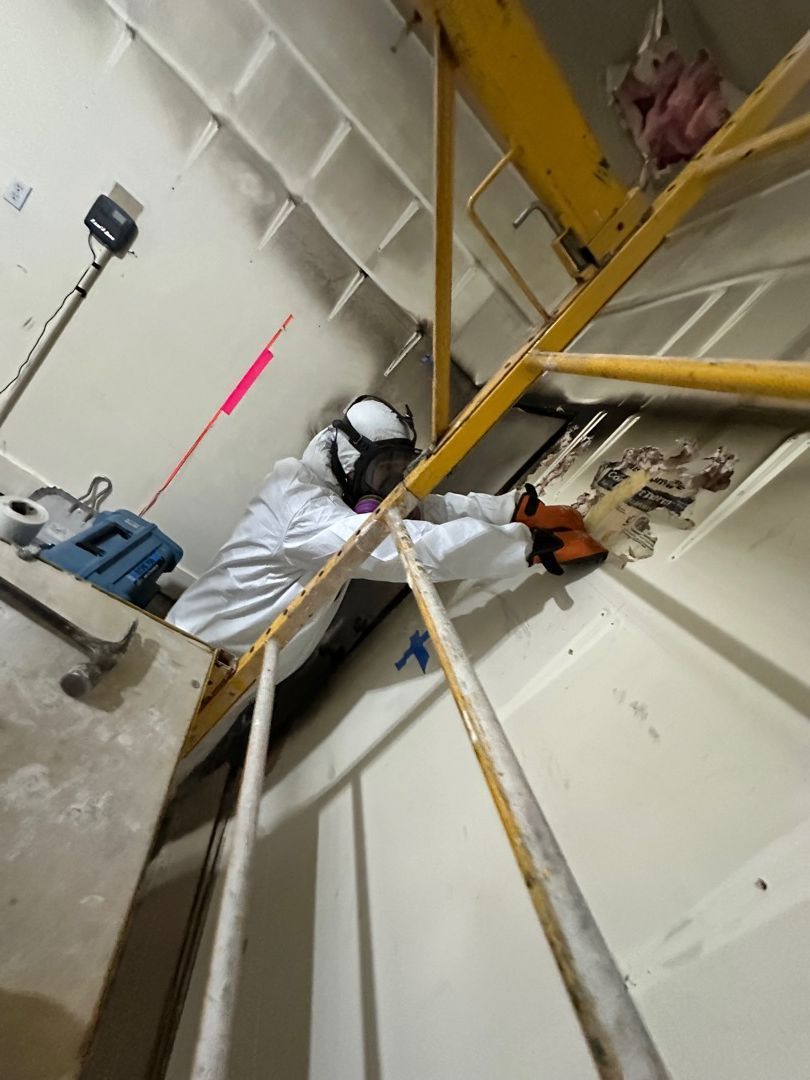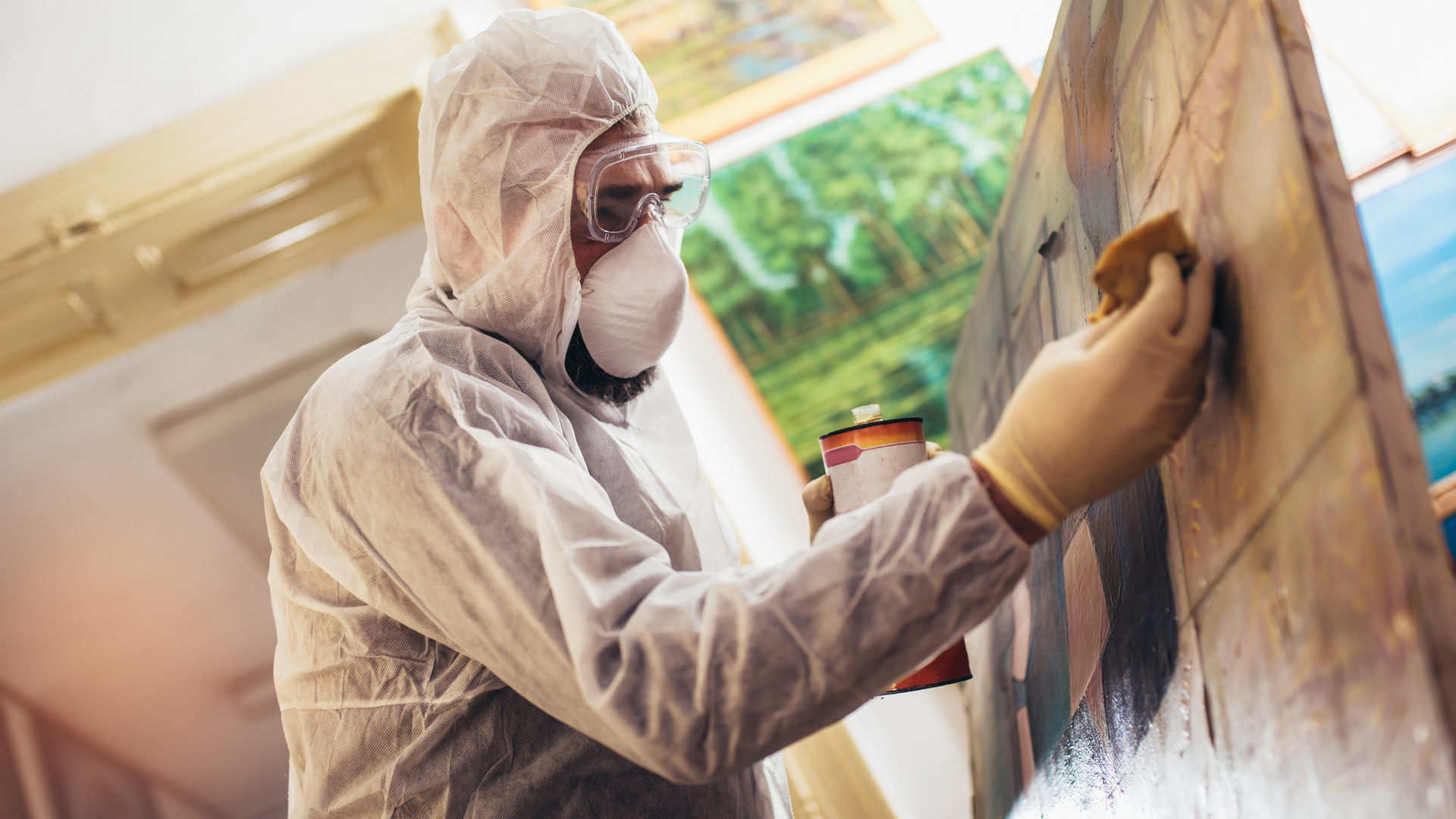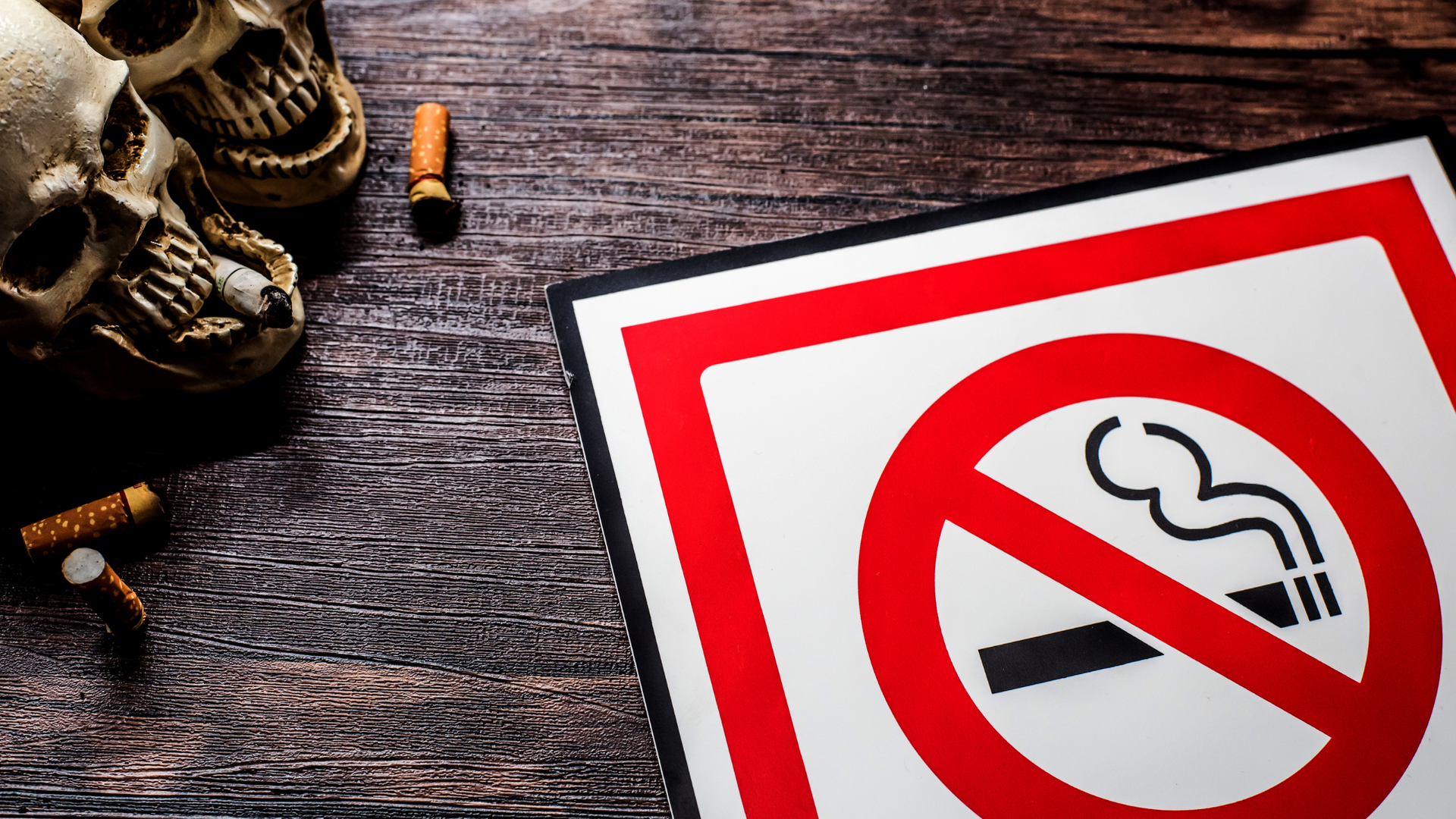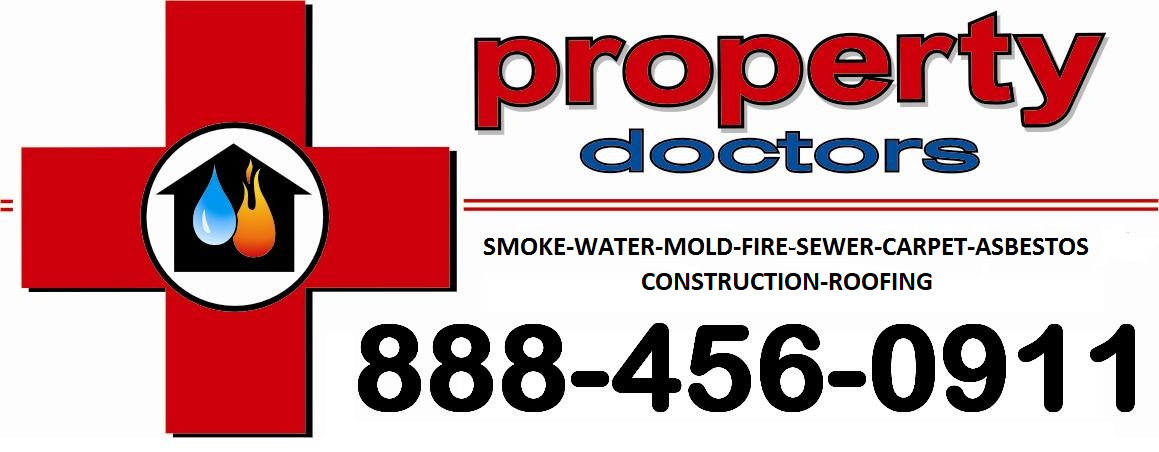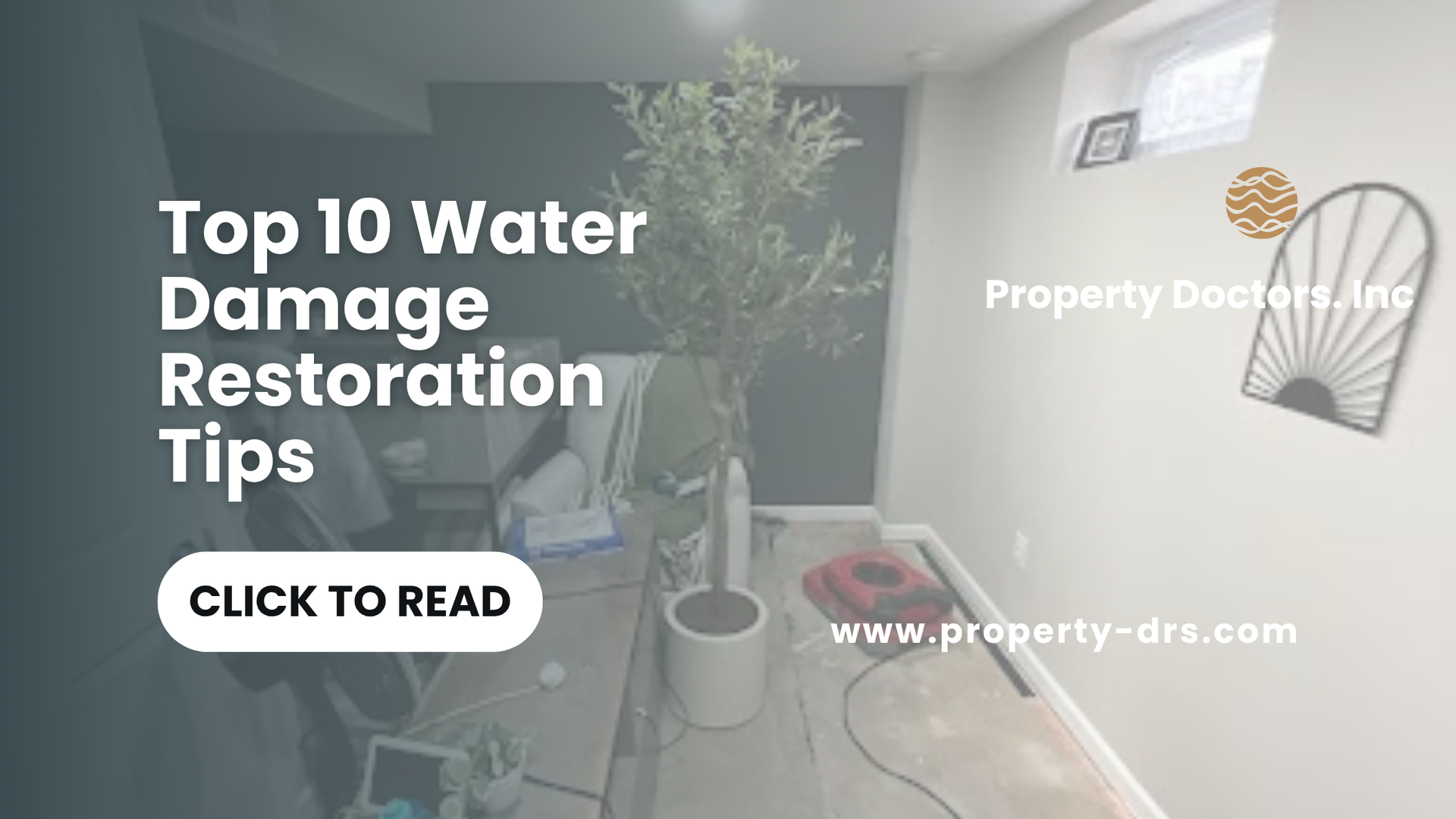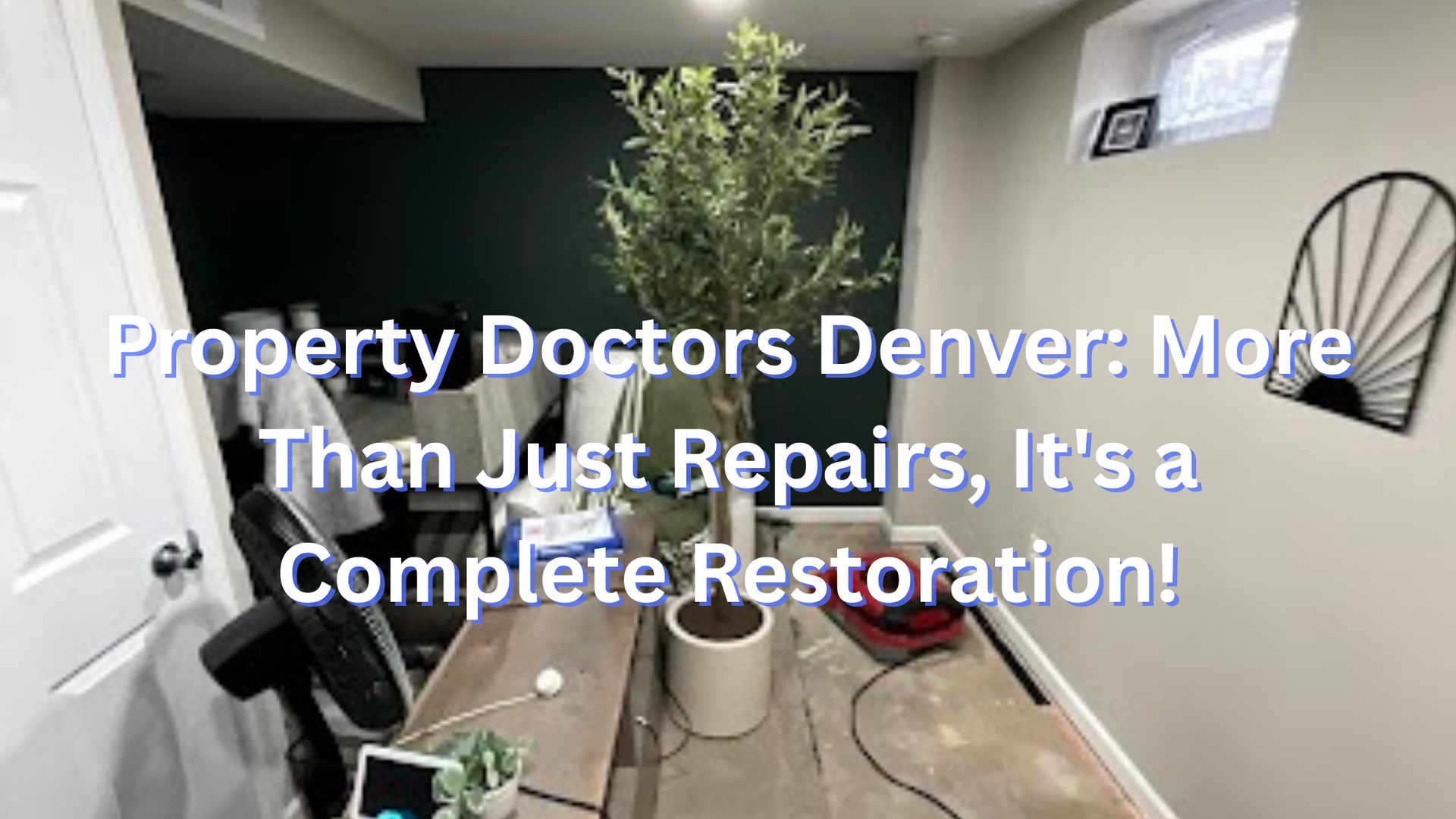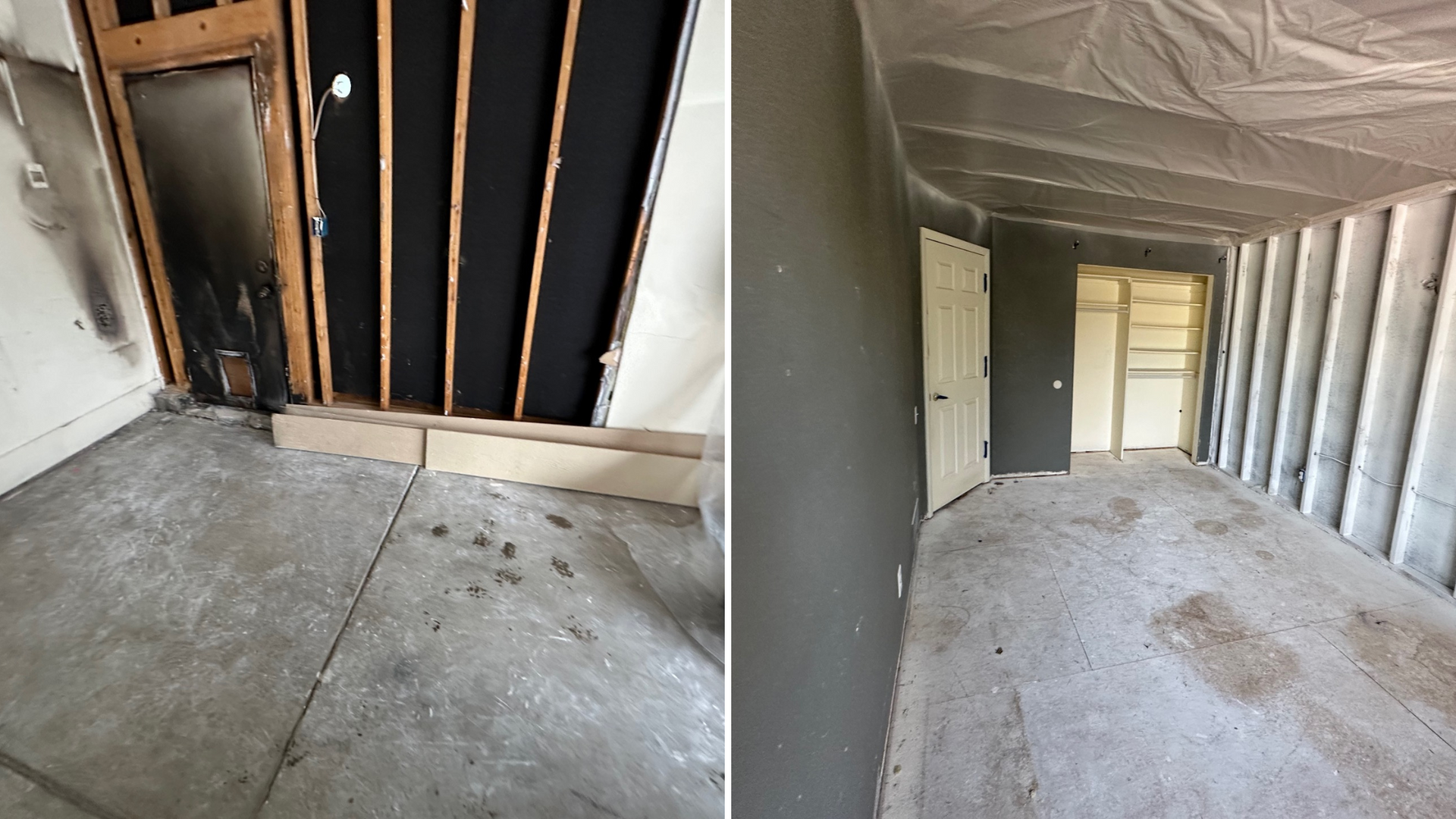Water damage can be one of the most overwhelming issues for any homeowner. Whether caused by a burst pipe, a leaking roof, or flooding, water damage can create a breeding ground for harmful microorganisms, including mold. Mold growth can spread quickly in damp conditions, and it can pose significant health risks. In this post, we’ll discuss four dangerous types of mold that can invade your water-damaged home and how to address them.
What is Mold?
Mold is a type of fungus that grows in damp, warm, and humid environments. Mold spores are present in the air around us and can easily settle on surfaces when conditions are right. Once settled, these spores can start to grow and spread, often appearing as fuzzy or slimy patches in a variety of colors, from green to black. While some types of mold are relatively harmless, others can pose serious health risks, especially when they invade homes affected by water damage.
When your home experiences water damage, mold has the perfect conditions to thrive. Wet materials, such as carpets, walls, and insulation, provide an ideal environment for mold growth. Without prompt remediation, mold can quickly become a persistent and dangerous problem.
The Risks of Mold Exposure
Before diving into the specific types of dangerous mold, it’s essential to understand the health risks associated with mold exposure. Mold produces allergens, irritants, and mycotoxins that can negatively affect your respiratory system, skin, and overall health. Common symptoms of mold exposure include:
- Coughing, wheezing, and shortness of breath
- Nasal congestion or runny nose
- Eye irritation or redness
- Skin rashes or irritation
- Fatigue and headaches
- Asthma attacks and aggravation of other respiratory conditions
People with weakened immune systems, the elderly, young children, and those with pre-existing respiratory conditions like asthma are particularly vulnerable to the harmful effects of mold exposure.
4 Dangerous Types of Mold Found in Water-Damaged Homes
While there are many different types of mold that can invade your home after water damage, the following four types are especially dangerous and should be addressed immediately.
1. Black Mold (Stachybotrys Chartarum)
Perhaps the most notorious type of mold, black mold, or Stachybotrys chartarum, is one of the most toxic molds that can infest a water-damaged home. This mold is typically dark green or black and has a slimy texture. It thrives in damp environments and often grows on materials like wood, drywall, and carpet that have been exposed to moisture for prolonged periods.
Health Risks:
Black mold produces mycotoxins that can cause serious health issues, especially when inhaled or touched. Prolonged exposure to black mold can lead to:
- Respiratory problems
- Chronic coughing and sneezing
- Fatigue
- Headaches
- Memory loss or cognitive issues
- Skin rashes
- Immune system suppression
If you suspect black mold in your home, it's crucial to take immediate action. Mold removal should be handled by a professional, as attempting to remove it yourself can release spores into the air, exacerbating the problem.
2. Aspergillus Mold
Aspergillus is a common mold found in both indoor and outdoor environments. It is often found in homes with water damage, particularly in areas that have been exposed to high humidity levels. Aspergillus appears as a greenish or yellowish mold and often grows on materials such as wallpaper, drywall, and insulation.
Health Risks:
Aspergillus can produce mycotoxins, which may lead to serious health problems, especially for individuals with weakened immune systems or respiratory conditions. Prolonged exposure to Aspergillus mold can cause:
- Respiratory issues, such as wheezing and coughing
- Asthma exacerbation
- Lung infections
- Allergic reactions
- Sinus infections
In severe cases, Aspergillus can cause a condition known as aspergillosis, a fungal infection that affects the lungs, sinuses, or other organs.
3. Cladosporium Mold
Cladosporium is a type of mold that is commonly found in water-damaged homes and is often visible as black, green, or brown patches on surfaces. It thrives in moist environments such as bathrooms, kitchens, and basements but can also be found on carpets, wood, and other organic materials.
Health Risks:
Although
Cladosporium
mold is less toxic than black mold, it can still cause significant health problems, particularly for individuals with mold allergies or respiratory conditions. Some of the health risks associated with Cladosporium exposure include:
- Nasal congestion
- Coughing and sneezing
- Skin rashes
- Eye irritation
- Wheezing and difficulty breathing
Cladosporium has been linked to allergic reactions and asthma attacks, and it can lead to more severe respiratory issues in people with compromised immune systems.
4. Penicillium Mold
Penicillium mold is another common mold type that can grow in water-damaged homes, especially in areas where there is high humidity. This mold is typically blue or green and can be found on materials such as fabrics, wallpaper, and wood. Penicillium mold is known for growing in water-damaged environments, especially where there is poor ventilation.
Health Risks:
Penicillium mold produces mycotoxins that can cause significant health issues. Exposure to Penicillium can lead to:
- Respiratory problems, including coughing and wheezing
- Asthma exacerbation
- Sinus infections
- Nasal congestion
- Skin rashes and irritation
Although Penicillium is generally not as toxic as black mold, it can still cause serious allergic reactions in sensitive individuals. It's essential to address Penicillium growth promptly to prevent health complications.
How to Prevent Mold in Water-Damaged Homes
Preventing mold growth in a water-damaged home requires quick and effective action. Here are a few steps to help prevent mold from taking over:
1. Act Quickly After Water Damage: The sooner you address
water damage, the less likely mold will have a chance to grow. Ensure that water is removed within 24-48 hours to prevent mold from developing.
2. Use Dehumidifiers and Fans:
After water damage, use dehumidifiers and fans to dry out the affected area. Reducing moisture levels is crucial for preventing mold growth.
3. Fix Leaks Immediately: Inspect your home regularly for leaks in pipes, roofs, and windows. Even small leaks can create conditions that promote mold growth.
4. Clean and Disinfect Surfaces:
Regularly clean and disinfect surfaces, especially in areas with high humidity, like bathrooms and kitchens.
5. Hire a Professional:
If mold growth is extensive or if you're dealing with toxic molds like black mold, it's essential to hire a professional mold remediation company. They have the necessary tools and expertise to safely remove mold from your home.
Conclusion
Mold growth in a water-damaged home is a serious issue that requires immediate attention. Black mold, Aspergillus, Cladosporium, and Penicillium are just a few of the dangerous types of mold that can invade your property. Each of these molds can cause significant health problems, particularly for individuals with pre-existing health conditions.
To protect your home and your health, it’s essential to address water damage quickly, dry out affected areas, and remove any mold growth immediately. If you suspect a mold problem, it’s best to call a professional mold remediation company to ensure your home is restored to a safe and healthy environment.
Don't let mold take over your water-damaged home—act quickly and protect your health today and call
Property Doctor